David Tomlinson
The recent announcement by the American Ornithological Society that it intends to replace names of all birds named after people has caused quite a stir here in the UK. There are many who think that the whole idea is ridiculous, while others believe that it is long overdue. Call me old fashioned if you like, but I rather like many of these old names, as they put a bit of colour and interest into birding, especially if you bother to investigate who exactly the birds are named after. Descriptive names are all very well, but there are already no fewer than 25 birds with the prefix thick-billed, 39 with collared, 50 crested, nearly 100 common and more than 200 with chestnut in the name. As for black, well, there are so many with black that I couldn’t face adding them up. We don’t need any more.
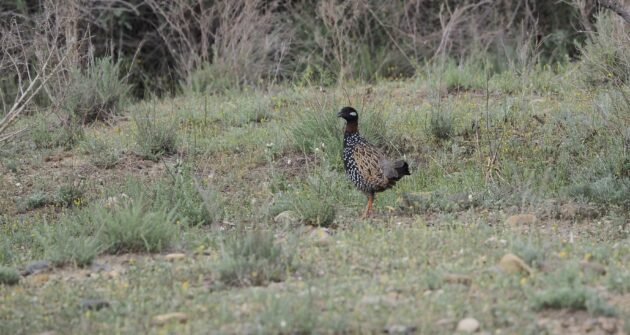
OK, nearly all of the people who had birds named after them were white, often rich and typically colonialists, army officers or explorers, but there’s hardly a dull person among them, and all were products of their time. We can’t change history, while many of these chaps (there’s not many women) were outstanding field ornithologists, though it has to be admitted that almost all of them shot the birds that took their names. They didn’t, of course, have the luxury of the fantastic modern optics we take for granted today.
I have a fascinating little reference book called Whose Bird? written by Bo Beolens and Michael Watkins, published by Christopher Helm in 2003. It’s full of fascinating facts. It notes that there are around 1,000 people who have had birds named after them, but no fewer than three of them – Frank Linsly James, Eugenio Prince Ruspoli and Johan August Wahlberg – were killed by elephants, not a common form of death. Collecting birds was clearly a dangerous pastime. Johann Georg Wagner has seven birds named after him, from a chachalaca to a woodpecker, but would he have found more if hadn’t accidentally shot himself while out collecting?
Wagner wasn’t the only one to have died from gunshot wounds. So, too, did Captain Meriwether Lewis, (he of woodpecker fame), but to this day nobody knows whether he was shot or committed suicide. Another Captain, John Speke (Speke’s Weaver), was killed by his own shotgun when climbing a stile while out shooting in England, a sad end for the man who was the first European to see Lake Victoria (which he named after Queen Victoria). Victoria, incidentally, had three birds named after, and she didn’t shoot any of them.
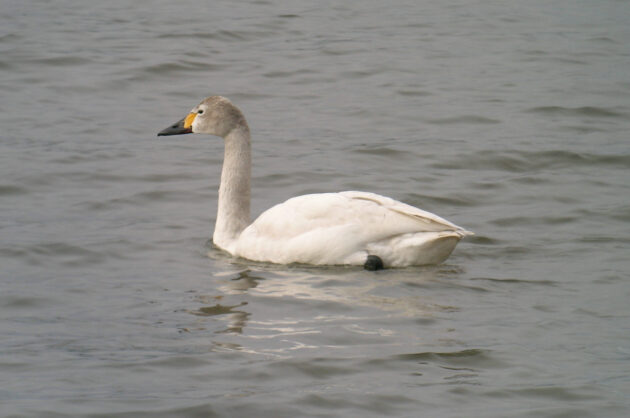
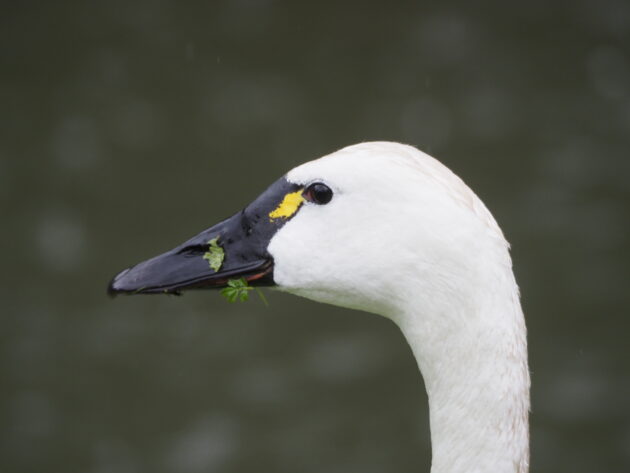
Here in the UK we have only a few birds named after people, of which the most notable is Bewick’s Swan. Thomas Bewick was a talented wood engraver whose work so impressed Audubon that he named a North American wren after him. Presumably under AOS rules he will lose his wren soon. His swan is generally known in modern guides as a Tundra Swan, as it’s regarded as a race of the North American Whistling Swan. However, most of us still call it a Bewick’s.
There are not, as far as I know, any plans to re-name the Montagu’s Harrier, a bird that’s now a real rarity in the UK that only occasionally breeds here. The fact that this beautiful bird is named after an adulterous English army officer who died over 200 years ago doesn’t worry me at all, but perhaps it should. It was Montagu who first realised that the “Ring-tail hawk” and the gray male Hen Harrier were the same species, and that the bird he called the Ash-coloured Falcon was a different species to the Hen Harrier, an impressive achievement at that time.
I suspect that Montagu will be lucky to hang on to his harrier, as his name is likely to become increasingly unacceptable. He didn’t, as far as I know, have any connections to the slave trade, but not only did he go off with another man’s wife, leading to being court-martialled and thrown out of the army, he also suffered the indignity of being sued by his own son.
North America has far more birds named after people than we do in Europe, where’s there is only around 50, and most of those are scarce or restricted in range. A number of birds named after people do wander regularly to the British Isles, including Temminck’s Stint (a regular but scarce migrant), Pallas’s Warbler (another rare but annual migrant) and Steller’s Eider (very rare). Though I’m not a twitcher, I have come across both Forster’s Tern and Wilson’s Phalarope in England, both North American vagrants. Johann Forster was apparently a nasty piece of work with a reputation for being a complainer and troublemaker, so doesn’t really deserve his tern. The phalarope was named after Alexander Wilson, a Scot who is often regarded as the founding father of American ornithology. He’s got seven birds named after him, but not for much longer.
Wilson is still commemorated by the Wilson Ornithological Society, one of the oldest ornithological societies in the world: it was established 1888. According to its website “The Wilson Ornithological Society Council is glad to share our enthusiastic support for the recent decision made by the American Ornithological Society about English names.” It’s not, apparently, planning to change its own name, though one comment on the Society’s website reads: “Are you planning to drop Wilson’s four eponymous birds from your journal and website logos? While you’re at it, why not rename the society, too. Then we can cancel that old white man Wilson completely.” Another comment reads “Apparently some of my fellow ornithologists don’t have enough to do.”
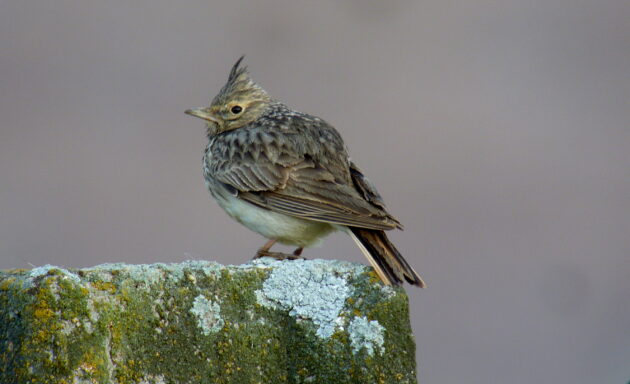
There are relatively few European birds named after women. Eleonora’s Falcon was named by Italian naturalist Alberto della Marmora after Eleonora of Arborea (1350-1404), a celebrated Sardinian princess. Eleonora’s Falcons still breed on Sardinia today. It’s a glamorous name for one of the most elegant of birds. The same can’t really be said of Thekla’s Lark (pictured above). Christian Ludwig Brehm, a German ornithologist, named the lark after his only daughter. Sadly, she died the same year (1858) that he described it.
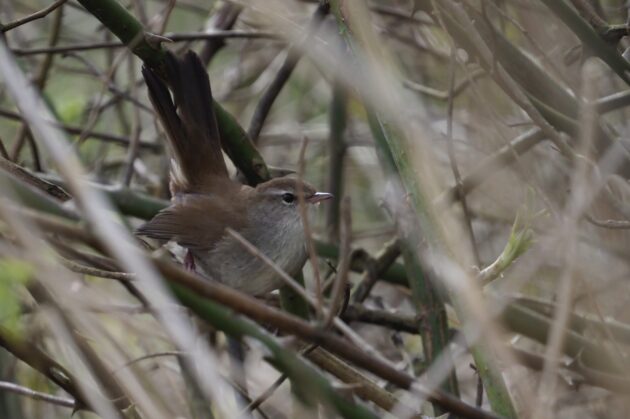
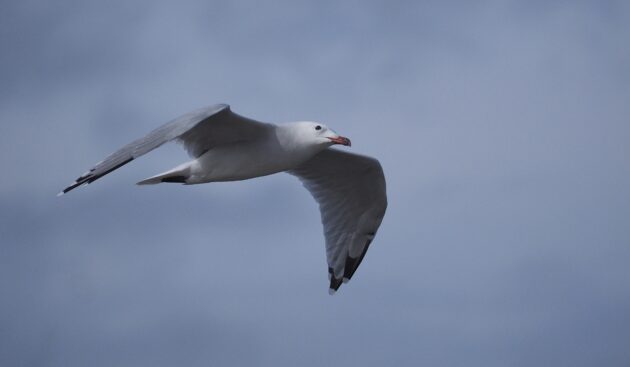
Lady Amherst’s pheasant is hardly a European species, though a small introduced population survived in the English county of Bedfordshire until recently. This striking pheasant was named after Sarah Countess Amherst, whose husband Lord Amherst sent the first specimen of the bird to London in 1828. I’ve no idea whether she was as beautiful as the pheasant that still bears her name: I like to think that perhaps she was, but it seems unlikely, as the pheasant is a stunner. However, the fact that Lord Amherst was Governor General of Bengal from 1822 until 1828 (and thus a white colonialist) probably makes commemorating his wife in such a way unacceptable today.
Essential reading for anyone interested in the people who have birds named after them are two books written by husband-and-wife team Barbara and Richard Mearns: Biographies for Birdwatchers, The Lives of those Commemorated in Western Palearctic Bird Names, and the North American equivalent, Audubon to Xantus. The former was first published in 1988, and has recently been heavily revised and extended. Reviewing it in the October issue of the magazine British Birds, Nigel Redman commented “I find the tales of ornithologists of the past fascinating, and I think it would be a shame to replace eponyms with much more mundane descriptive names.” Quite agree, but I do appreciate that many people don’t.
(Just in case you are wondering, the header photograph is of a Rüppell’s Griffon Vulture, one of eight birds the German collector Wilhelm Rüppell has named after him. If you think seven is a lot, Dutch ornithologist Conrad Temminck has no fewer than 17, as does William Swainson. Charles Darwin has 20, of which the majority, not surprisingly, are finches from the Galapagos. The two Sclaters, father and son, have 22, though not all are in common usage today, but the record is held by British ornithologist and artist William Gould, with an astonishing 24. Again, most of them are no longer in general use today.)
Source link


